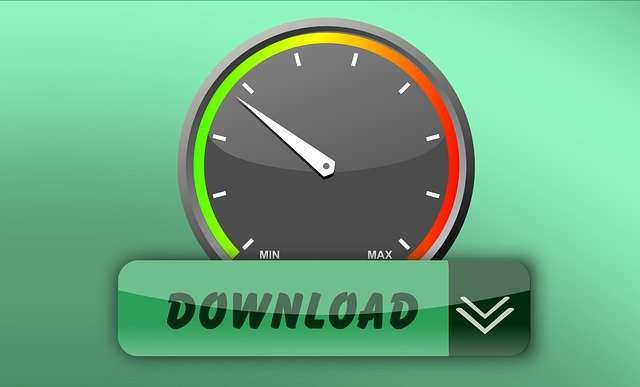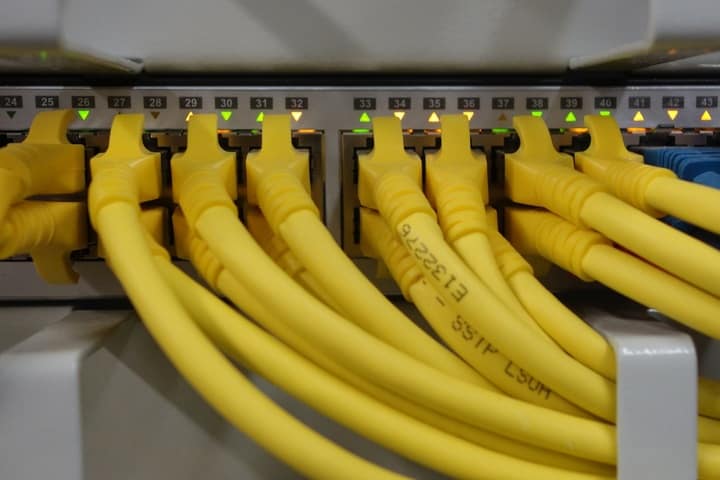Now that our houses have become “smarter”, it has become more critical than ever to maintain a quality internet connection at all times. No matter how unique your internet is, you can never trust technology to the fullest. Every once in a while, an internet user encounters a problem related to speed. Of course, there are times when these issues occur at the end of your Internet Service Provider (ISP). However, there is also always a possibility these issues might be occurring on your end.

For this, you don’t have to be technically sound. You can perform some easy hacks at home to troubleshoot these problems. In this article, we will walk you through some internet speed issues and how you can solve them easily.
1. Check Your Internet Plans
If you have unknowingly signed up for an internet plan with very limited data, you are bound to experience slow speed, especially as the data comes close to its limit. This is why start by taking a closer look at your internet plan. Most ISPs place data caps on their subscribers without advertising them.
However, if you have a subscription to providers like Suddenlink, you don’t have to worry about it. This ISP offers unlimited data, which means you don’t have to experience a poor connection due to the internet plan. Even if you do, you can contact its customer support and inquire about any issue you are facing. Its inclusivity allows Spanish speakers to get in touch with Suddenlink servicio al cliente and communicate any issue in their native language.
If you happen to find out that your plan includes a data cap, we recommend you either upgrade your internet plan or switch to a provider that offers unlimited data.
2. Check All Your Devices
In the second step, start by checking all your devices. Sometimes the devices you are using could be at fault. If you cannot find quality Wi-Fi signals on your smartphone, then check whether the same is true with your laptop. If not, clear the caches, restart your phone and reconnect with the Wi-Fi. Frequently visiting apps with heavy data can end up filling up your phone storage.
Moreover, some websites gather a somewhat larger amount of data than others. Due to this, our phones stop responding well to such websites. In this scenario, clearing your caches can help, given that the problem is not occurring on the other devices.
3. Relocate Your Router
The location of your router matters more than you might think. It affects your Wi-Fi signals significantly. A router placed in a far corner of the house will fail to deliver quality signals to every corner. Moreover, if the router is placed near electronics, such devices can mess with the router’s signals. As a result, you will face poor connectivity on all your devices.

Therefore, you need to check the location of your router and place it right in the center of the house. This way, the signals will reach every nook and cranny of the house. Moreover, check to see if there are any objects right in front of the router. Such objects include stairs, walls, or anything with a bigger mass that could obstruct its signals. Considering there are such objects right in front of the router, relocate your router to some place where no other thing can obstruct it.
Additionally, try to mount it as high as you can. This way, the signals will become stronger, and the possibility of you facing any speed issues will become minimal.
4. Restart Your Router
This is probably the oldest trick in the book. Like you, your router also needs to take a breather every so often. Restarting the router can do wonders for the speed. Unplug it and leave it off for at least 10 seconds.
After this timeframe, you can restart the router, and voila! You will be surprised to see the massive difference in the speed.
5. Check All the Wires
Before you jump to any conclusion after following the previous steps and calling customer service, take this one last step to see if the router has all its wires safely plugged into it. Loose or damaged wires can cause poor signals. Old or worn-out wires can also be one of the reasons why you frequently experience network outages or slowed speed.
This is why we suggest you check all the wires connected to the router and see if anyone is loose or damaged. You can securely plug the loose wire; however, if the wire is damaged, call your provider and ask them to send a technician to change it.
This way, you can have your signals back and there will be no issues with the internet quality.
In Conclusion
To sum it all up, internet speed issues occur more often than we would like to anticipate. But you don’t have to immediately call your ISP’s customer service to come to check, nor do you have to wait for them to arrive and solve the problem. You can troubleshoot this issue by following the tips mentioned in this article.
The next time you encounter such a problem, we hope you will revisit these tips and fix the speed issues yourself.

